Author: Will Lovell
Originally introduced by H2OPS in 2014, hop water is a zero calorie non-alcoholic alternative to beer that has grown in popularity over the last few years. Consisting of just hops and carbonated water, the process for making hop water is quite simple, though as brewers of beer are aware, there are certain things worth paying attention to, namely the mineral profile of the base water.
It’s widely accepted that higher sulfate levels help to accentuate hop flavor and bitterness, hence the common recommendation to increase sulfate levels when brewing hoppy styles like IPA. Since many sources of brewing water have lower amounts of sulfate, brewers often achieve their desired profile by adding exogenous sulfate in the form of gypsum (calcium sulfate).
As a fan of flavored sparkling water, I was excited to try hop water for the first time a few years ago, as it seemed an ideal alternative to beer. As I was recently planning to make a fresh batch of refreshing elixir, I began to wonder if adding gypsum might enhance the hop character, especially considering the results from numerous past water chemistry xBmts. With enough water and hops on hand for a couple batches, I decided to test it out for myself!
| PURPOSE |
To evaluate the differences between hop water adjusted with gypsum and one that was not adjusted with any minerals.
| METHODS |
For this batch of hop water, which is incredibly easy to make, I went with a blend of Cascade and Citra hops.
Fool’s Gold
5 gallons distilled water 5 grams gypsum / no gypsum 75g Cascade 45g Citra
I started off this “brew” day by going to the store and purchasing 10 gallons/38 liters of distilled water, which I chose due to its absence of minerals.
I then prepared equal amounts of hops for each batch.
Next, I weighed out 5 grams of gypsum, which I’d previously calculated would contribute approximately 147 ppm sulfate and 62 ppm calcium to 5 gallons/19 liters of distilled water.
To ensure the gypsum fully dissolved in the water, I added it to the empty sanitized keg.
I then proceeded to add 5 gallons/19 liters of distilled water to each keg, making sure to gently swirl the one with the gypsum along the way.
The hops were placed in stainless hop filters and a length of unflavored dental floss was attached to each of them, after which they were lowered into their respective kegs of water.
The kegs were placed next to each other in my 37°F/3°C refrigerator where they were put under 20 psi.
After 1 week, I used the dental floss to gently remove the hops from each batch, then allowed both kegs to condition under pressure for another week before they were ready to serve to blind tasters.
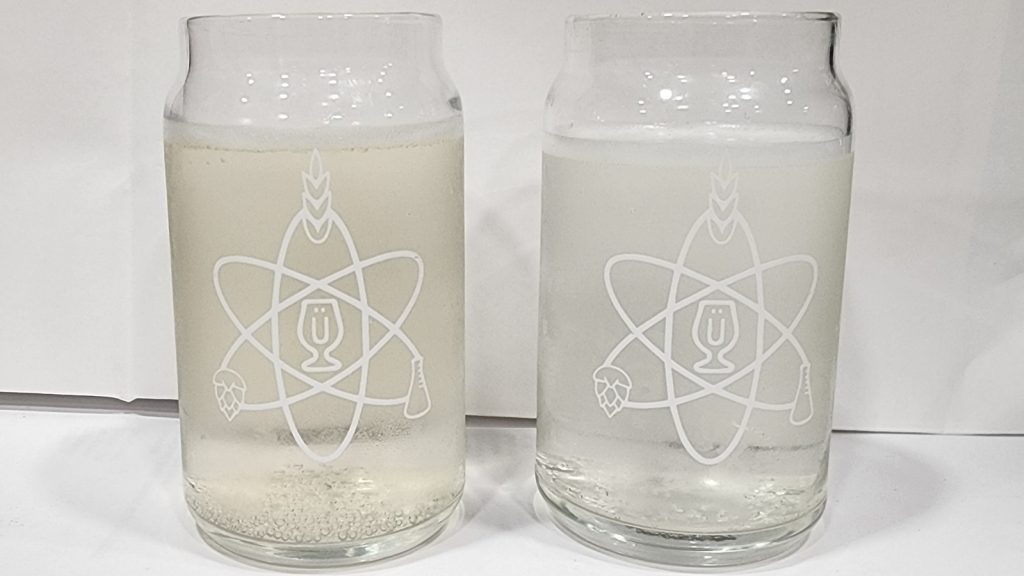
| RESULTS |
A total of 26 people of varying levels of experience participated in this xBmt. Each participant was served 1 sample of the hop water where the distilled water was dosed with gypsum and 2 samples of the hop water made with unadjusted distilled water in different colored opaque cups then asked to identify the unique sample. While 14 tasters (p<0.05) would have had to accurately identify the unique sample in order to reach statistical significance, 16 did (p=0.003), indicating participants in this xBmt were able to reliably distinguish hop water made with a gypsum addition from one made with unadjusted distilled water.
The 16 participants who made the accurate selection on the triangle test were instructed to complete a brief preference survey comparing only the samples that were different. A total of 5 tasters reported preferring the hop water made with a gypsum addition, 5 said they liked the version made without gypsum more, 5 had no preference despite noticing a difference, and 1 taster perceived no difference.
My Impressions: Out of the 5 semi-blind triangle tests I attempted, I correctly identified the unique sample just 1 time. Even when drinking these hop waters side-by-side, I felt they were identical in every way, both refreshingly spritzy with familiar notes of citrus and pine hop character.
| DISCUSSION |
It’s often said that beer consists of approximately 95% water, but it makes up 100% of hop water, and considering the impact mineral additions have on the former, it seems only natural it would also have a perceptible effect on the latter. Indeed, tasters in this xBmt were able to reliably distinguish hop water made with a gypsum addition from one made with unadjusted distilled water.
While these findings suggest gypsum additions have a noticeable impact on hop water, it’s important to note that the overall sulfate level was 147 ppm and that lower levels may reduce the perceived difference. Interestingly, the batch made with gypsum seemed to have a slightly yellow color whereas the unadjusted batch did not, leaving me to wonder if perhaps this was a function of the higher sulfate and/or calcium levels from the gypsum addition.
I love hop water, not just as a way to curb my desire for beer in times I’m unable to consume alcohol, but as a refreshing beverage on its own. Despite being personally unable to tell the version made with gypsum apart from the one made without it, I’ll continues adjusting the water I use to make hop water due to the significant results of this xBmt combined with the ease of making mineral additions. I also look forward to further exploring the impact various mineral profiles have on hop water.
If you have any thoughts about this xBmt, please do not hesitate to share in the comments section below!
Support Brülosophy In Style!
All designs are available in various colors and sizes on Amazon!
Follow Brülosophy on:
FACEBOOK | TWITTER | INSTAGRAM
If you enjoy this stuff and feel compelled to support Brulosophy.com, please check out the Support page for details on how you can very easily do so. Thanks!


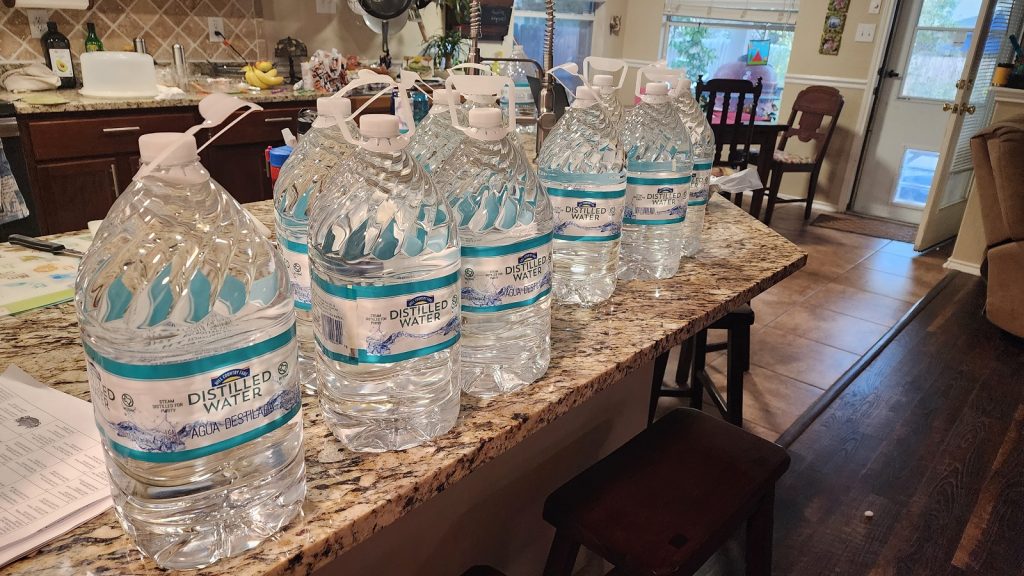
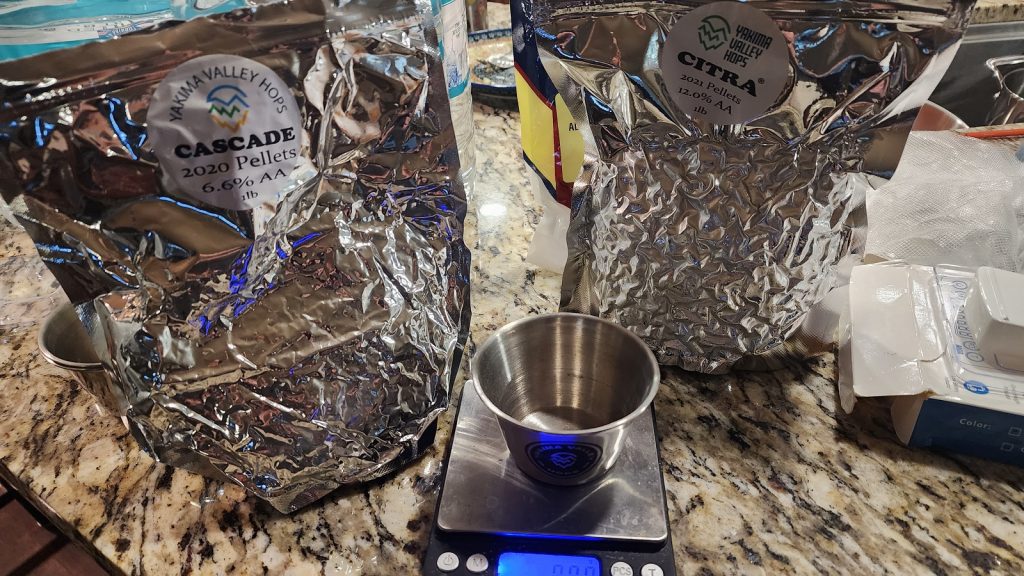
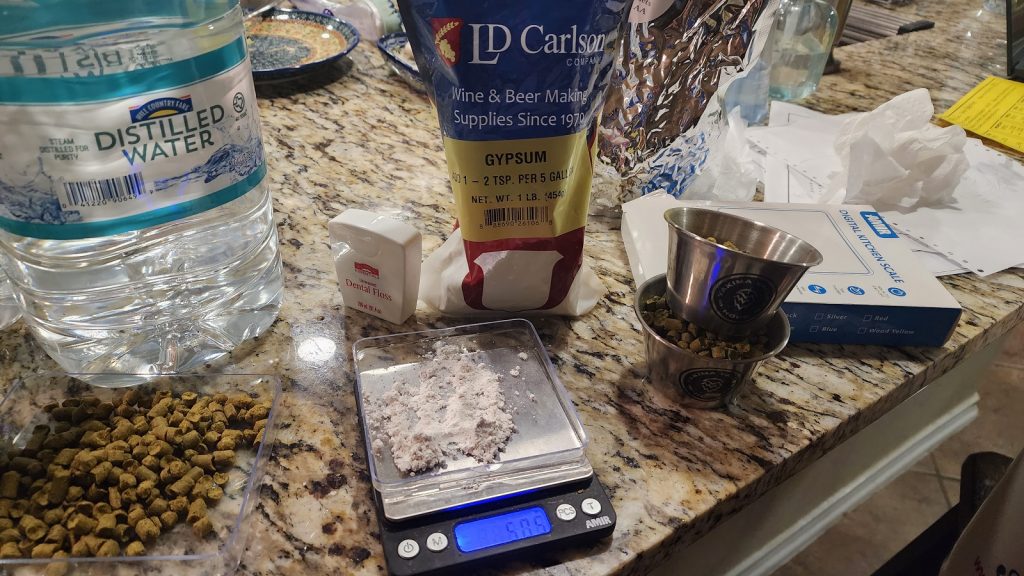
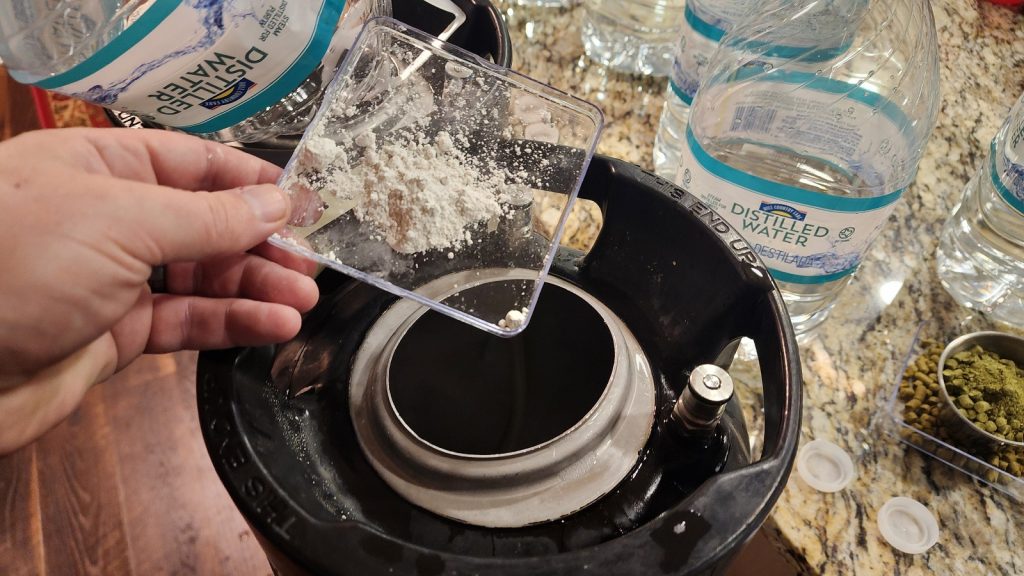
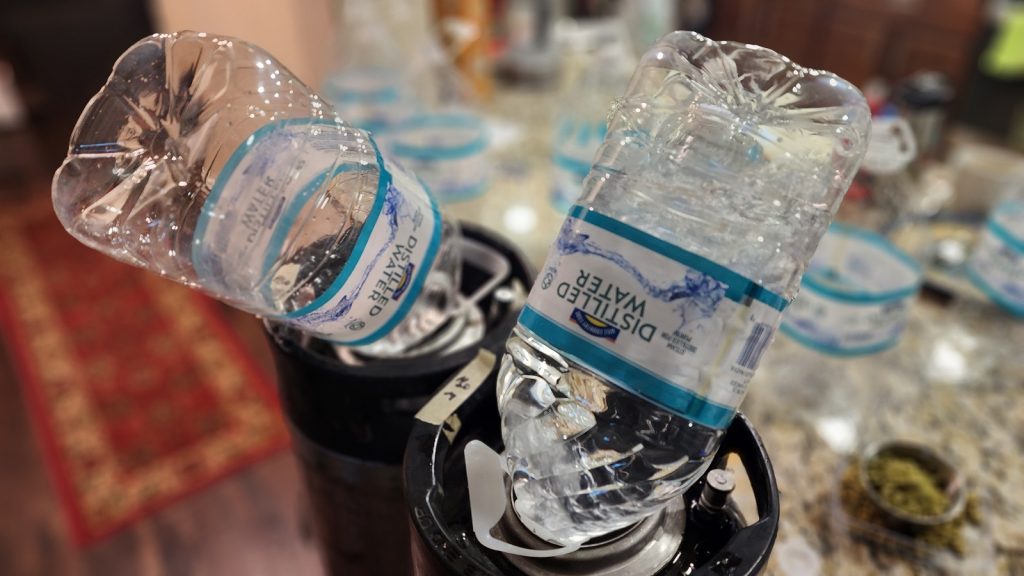
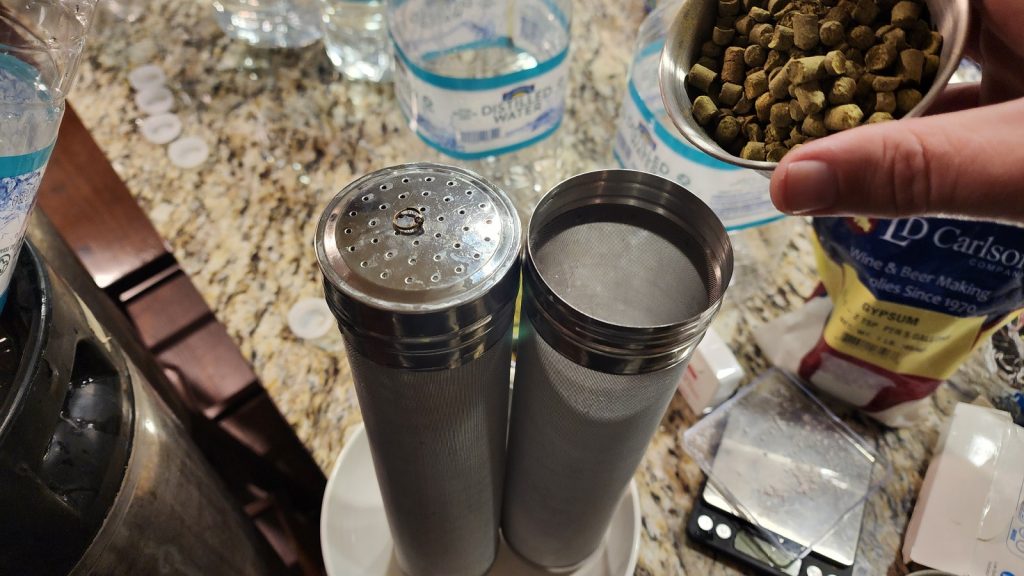
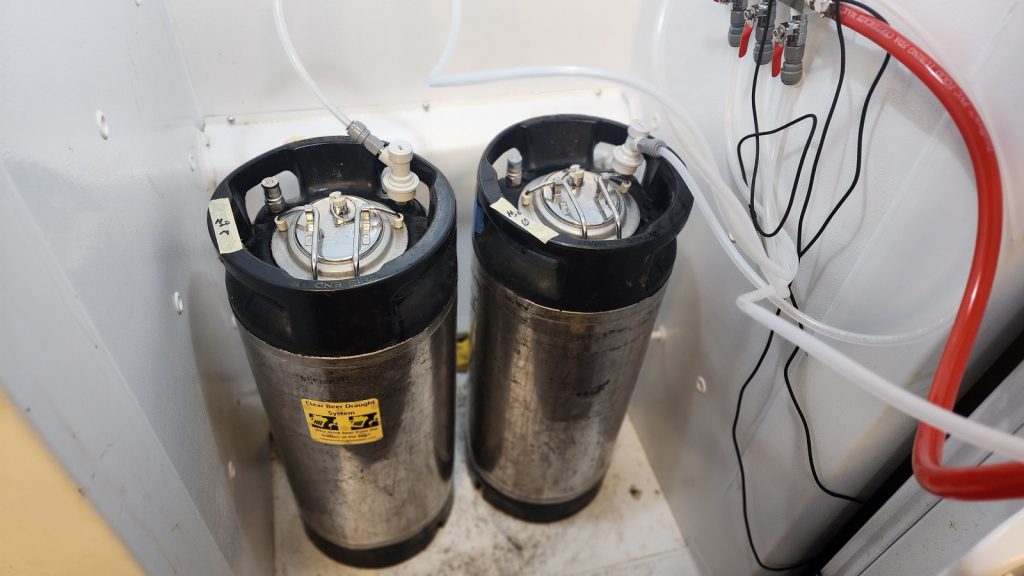











3 thoughts on “exBEERiment | Water Chemistry: Impact Gypsum Addition Has On Hop Water”
I’m not sure that I would have used purely untreated distilled water as the the group to compare to. I probably would have aimed for a balanced water profile vs. one with a higher sulfate level. I bet if you just gave someone a glass of distilled water and one with gypsum in it they’d prefer the treated one.
Is this your preferred recipe for hot water? I’ve typically seen a whirlpool/hot side addition, as well as the DryHop. But I could be talked into your method, couldn’t be easier!
This is what I typically do, yes. Super easy! 120ish grams of hops for 5 gallons of water. I do like to remove the hops after 7-10 days, otherwise it stays piney for a long time.